Image List
-
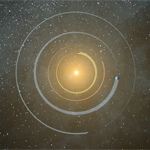
The Kepler-20 system contains five planets that show an unexpected arrangement. In our solar system small, rocky worlds orbit close to the Sun and large, gas giant worlds orbit farther out. In contrast, the planets of Kepler-20 are organized in alternating size: big, little, big, little, big. All five would fit within the orbit of Mercury in our solar system.
NASA/JPL-Caltech/T. Pyle -
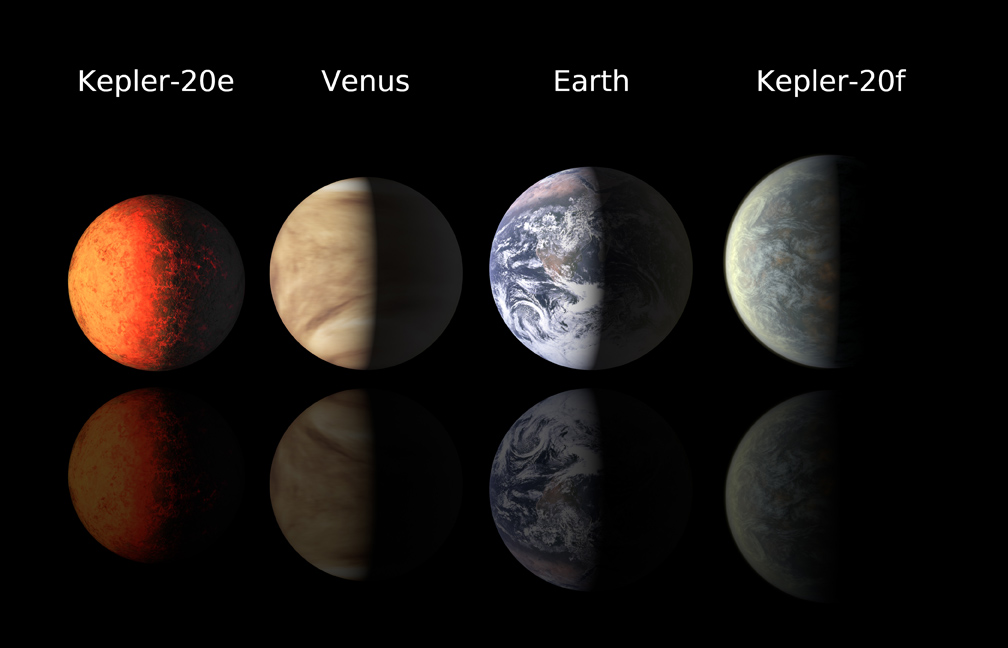
The first two Earth-sized exoplanets found by Kepler are shown here in comparison to Earth and Venus. Kepler-20e has a diameter of 6,900 miles, meaning it is 0.87 times the size of Earth and 0.92 times the size of Venus. Kepler-20f has a diameter of 8,200 miles, meaning it is only 3 percent larger than Earth. They are part of a five-planet system orbiting the star Kepler-20. All five would fit within the orbit of Mercury in our solar system.
NASA/JPL-Caltech/T. Pyle -
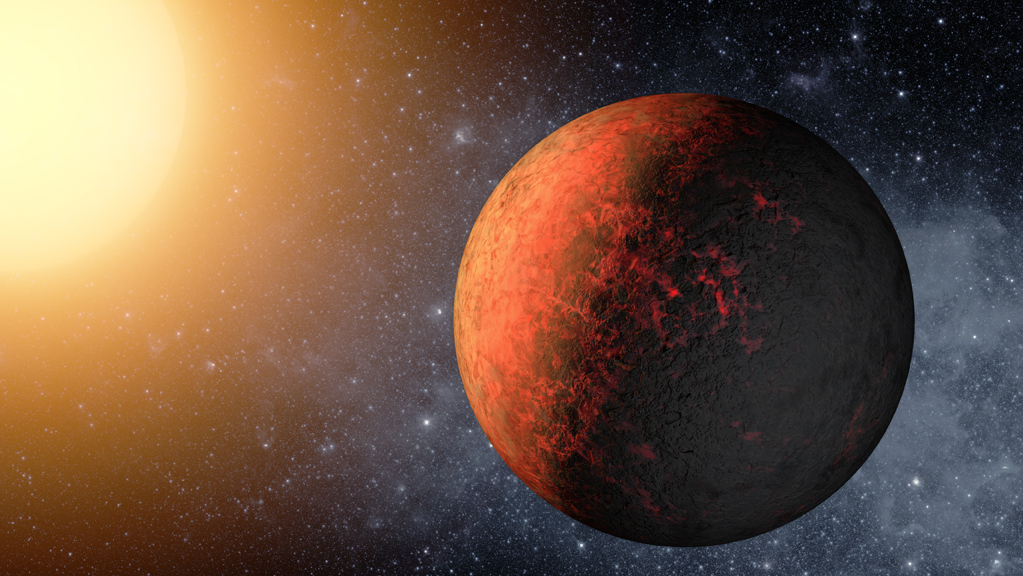
Kepler-20e is the smallest planet found to date orbiting a Sun-like star. It circles its star every 6.1 days at a distance of 4.7 million miles. At that distance, its temperature is expected to be about 1,400 degrees F. This is
an artist's rendering.
NASA/JPL-Caltech/T. Pyle -
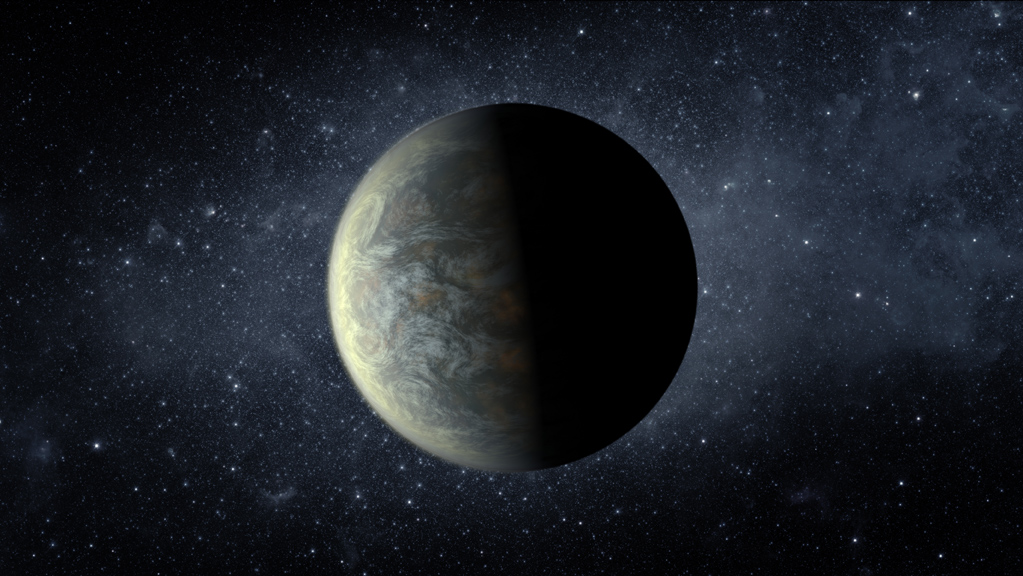
Kepler-20f orbits its star every 19.6 days at a distance of 10.3 million miles. Although its average temperature could be as high as 800 degrees F, it might have been able to retain a water atmosphere as it migrated closer to the star after it formed. This is an artist's rendering.
NASA/JPL-Caltech/T. Pyle -
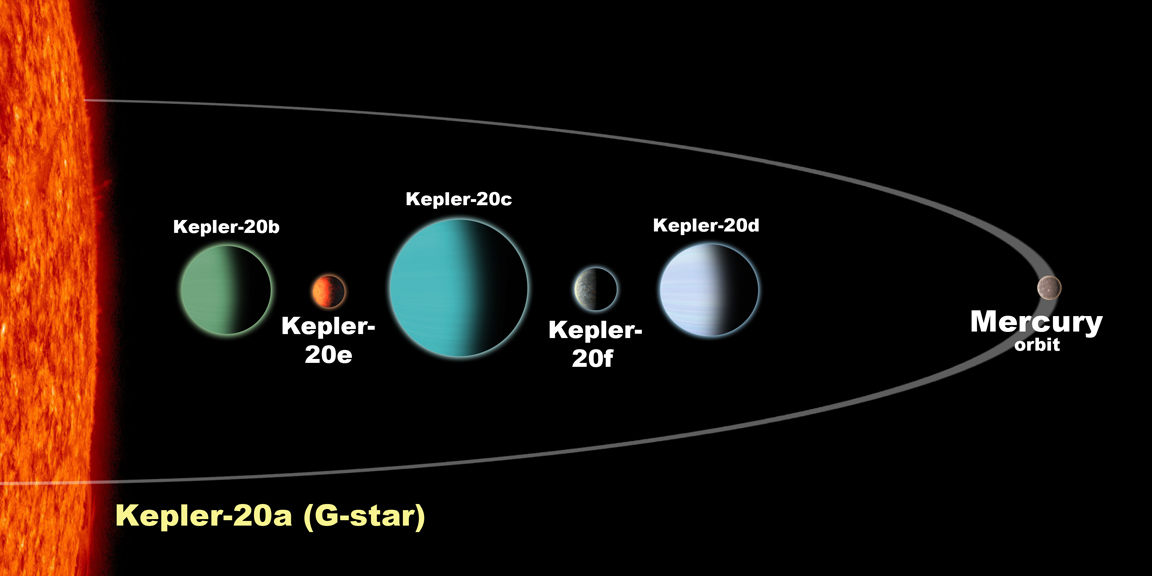
The Kepler-20 planetary system contains five planets that alternate in size: large, small, large, small, large (as shown in this artist's rendering). All five orbit their star closer than the planet Mercury in our solar system. Although too hot to be hospitable to life, Kepler-20e and -20f are the first Earth-sized planets to be discovered orbiting a distant star. In this artist's rendering, the planetary sizes are to scale but their orbital spacing is not.
David A. Aguilar (CfA)